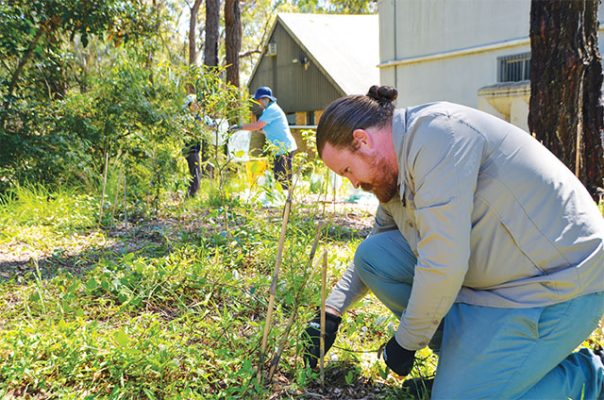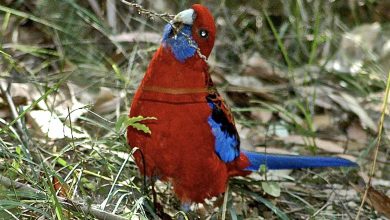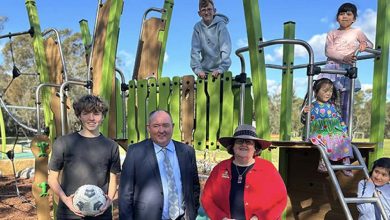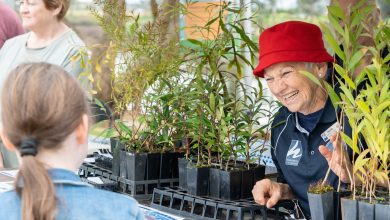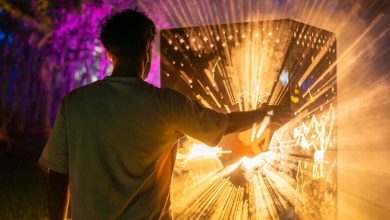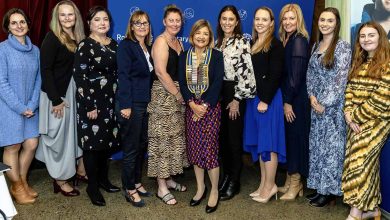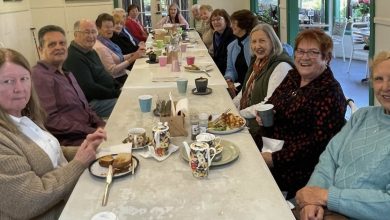Helping Native Wildlife in Need
A group of dedicated and hardworking volunteers are growing food for sick, injured and orphaned native animals in the care of local wildlife rescue groups – and they are asking for more helping hands to join them at the Growing Food for Native Wildlife project.
The project is held on the second Saturday of the month at The Hills Shire Council’s Community Environment Centre, located at Currie Avenue, in Annangrove.
Volunteers tend to the native garden plots which provides the much-needed food for native Australian animals – some of which are on the endangered species list and are at risk of disappearing forever. Currently, volunteers are growing a variety of native shrubs and flowers, such as Lilly Pilly and different Grevillea species. They also collect buds, foliage and shoots.
Hills Shire Mayor Peter Gangemi described the project as being “so rewarding”.
“It’s a great way to give back, meet like-minded people and learn more about our local environment and plant species, and of course – help our local native wildlife,” Mayor Gangemi said.
“I thank our volunteers, including those at our Environment Centre, and everyone who has participated in the Growing Food for Wildlife project. I also want to thank our wildlife rescue groups, including our local WIRES North Shore and North West branches and Sydney Wildlife Rescue, for everything that they do to care and support our native wildlife.
The project started in August after Shaun Warden (pictured), a branch executive at WIRES North Shore branch, contacted Council to source land to grow native plants to support animals in care.
Council already has a native garden at its Community Environment Centre and believed this would be the best place to run the project and engage its already strong and local volunteer base.
Mr Warden said the project had been beneficial for wildlife rescuers and carers, who participate on a volunteer basis.
“Our sugar glider, possum and nectivorous bird rehabilitators must browse the streets daily looking for food to feed the wildlife that they have in care. This also includes doorknocking and reaching out for permission to harvest edible foliage and flowers from hedges and street trees. This can be very time consuming and sometimes stressful,” Mr Warden said.
“Having these resources in the one place for the wildlife rehabilitation community will save us time and prevent compassion burnout,” he said.
The next working bee will be held on Saturday 11 February from 10am to 1pm.
For further details and to apply to the Growing Food for Wildlife project, visit Council’s website, www.thehills.nsw.gov.au and search ‘Growing Food for Wildlife Working Bee’[/vc_column_text][/vc_column][/vc_row]

